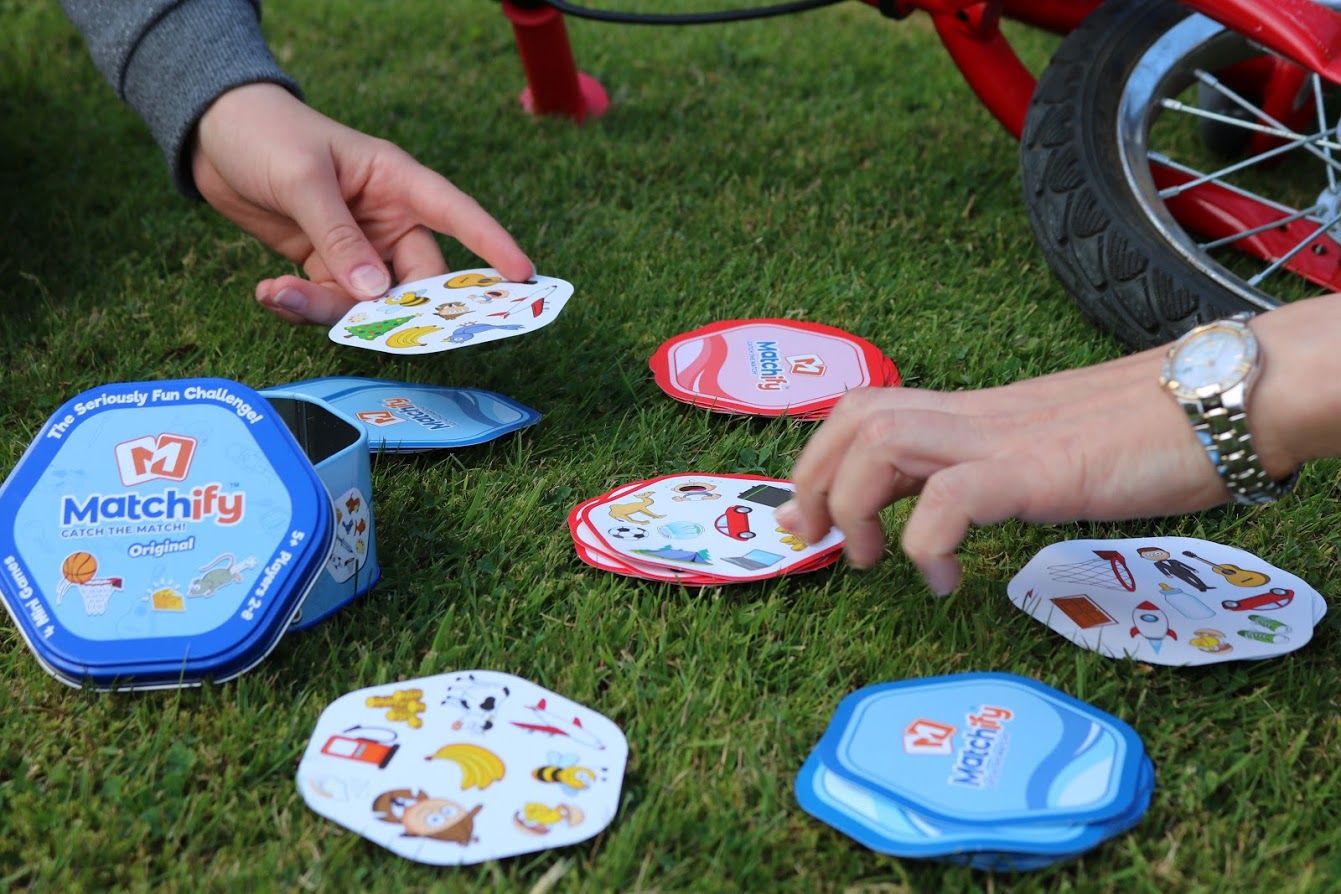
There’s nothing better than jetting off on holiday with children; it’s a time to embrace a new culture, get away from the stresses of everyday life and enjoy time as a family. However, one thing that many parents dread is the flight. Flying with children, as most people will know, can be stressful. Keeping young children entertained on any length of flight can be tough and it’s often the time when they decide to act up, run around and cause havoc. But, who can blame them? They’re being made to sit in a confined space with very little in terms of entertainment.
Luckily, there are ways to make flying with children a little bit better for you and them. Here are some tips for flying with young children:
Prepare Them
If it’s your child’s first time on a plane or the first time on a long haul flight, take the time to prepare them for what’s going to happen. Letting them know what they’ll be doing and what’ll be involved can help them to become a happier traveller. Things such as telling them what will happen at the airport, explaining what’s expected on the plane and giving them a rough outline of the plan can help.
Take Lots of Toys
No child wants to be bored on a plane and it’s this boredom that can lead to bad behaviour. Prepare for the flight by taking a range of enjoyable activities to keep them entertained. Card games like Matchify are a great choice as they can be played anywhere, as are books and colouring in activities.
Relax Screen Time
As a parent the chances are you’re wary of allowing your child too much screen time, but relaxing this on a flight is okay. A child that is engrossed in their favourite film or enjoying an iPad game is unlikely to cause a fuss. Plus, it’ll give you a moment to chill out.
Pick A Good Travel Outfit
Nobody wants to be on a squashed plane in trousers that are too tight, a jumper that’s too warm and anything that’s restrictive. Dressing a child in good travel clothes can help them to relax on a flight and this can avoid tantrums and tears caused by the general feeling of being uncomfortable. Leggings, loose fitting clothing and trainers are always a good choice. Also, layer outfits so you’re never stuck with a child that’s too hot or too cold.
Being organised, taking a range of distractions and ensuring they’re comfortable can go a long way to making the flying experience one that is relatively stress-free.
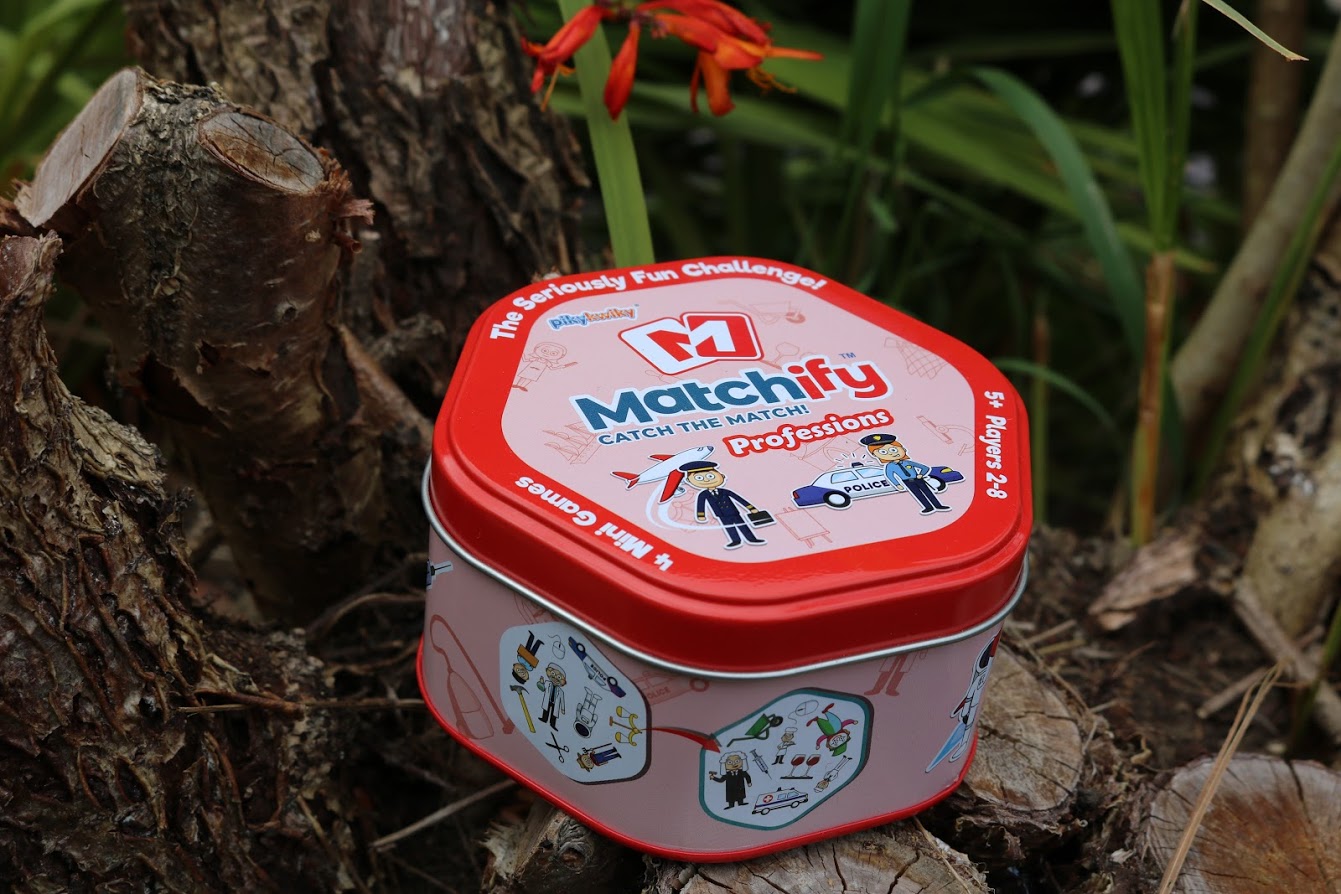
In recent years there has been a growing concern among parents that children are spending too much time in front of a screen. With the evolution of technology today’s children are spending more time than ever on tablets, iPads and computers. This comes as no surprise to many. As a society we use the internet and smart devices more than ever and with this increased reliability on smartphones and computers, children see everyone around them using a screen all day every day. Children are growing up in a world where a lot of screen time is the norm, but how much is too much? As a parent, should you be limiting your child’s screen time?
How Long is Too Long In Front of a Screen?
Today’s children are fluent in technology and this isn’t always a bad thing. In fact, being competent in computers and smartphones can aid their development and it sets them up for a life where, for the most part, they won’t struggle to get to grips with technology as it evolves. Add this to the world of educational games that screens have opened up and it’s easy to see that a certain amount of time in front of a screen has its benefits.
However, this can quickly turn into a child spending too much time in front of a screen. It can be difficult to know how long is too long when it comes to the time a child spends in front of a television, computer or mobile phone. Many reports state that insisting children have screen-free days is a beneficial way to limit their screen time, as well as encouraging them to explore other hobbies and interests.
How To Limit A Child’s Screen Time
In short, all parents should limit screen time for their children. However, some screen time can be enjoyable and rewarding for a child of any age. Therefore it’s important to find a balance. Using screen time as a reward for good behaviour or in small doses is a good place to start.
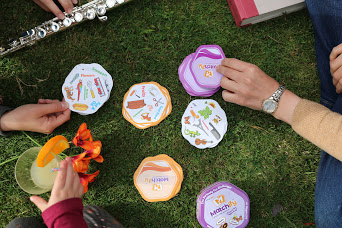
All parents look forward to the summer holidays; it means no more getting up early to drop the kids at school, spending extra time with the little ones and enjoying days out at local attractions. However, with such a long time off it can be difficult to find activities that won’t break the bank but will keep children entertained.
Recent figures show that a typical parent will spend £251 on activities to keep their children occupied when they’re off school for the summer, with an extra £138 being spent on top of the usual household outgoings. This means that on average a family will spend an extra £389 when the children are off school. Luckily, there lots of free activities that children and parents alike will love.
Build a Fort and Watch a Movie
When you’re a parent it can be hard to have a chilled out day watching movies in your pajamas, but add a pillow fort into the mix and you may just get the relaxing day you want. Using pillows and whatever you have lying around the house, create a comfortable and snug fort. Everyone can get cosy, chill out and avoid spending a penny.
Invest in Card and Board Games
Though there is an initial cost with buying card games and board games, they provide years of fun for the whole family. They’re a great go-to option to have when you’re struggling to keep children entertained. Investing in a card game such as Matchify can make staying at home or hanging in the garden just as fun as a family day out. Matchify is suitable for all ages and can be played anywhere, so when the sun is shining it’s easy to take the fun outside.
Organise a Scavenger Hunt
If you’re not opposed to a little mess in your home, arrange a scavenger hunt. Scavenger hunts are simple to organise and work well with children of all ages. Plus, everything you need can be found around the home. There are different ways to do a scavenger hunt but the best way is to write riddles and scatter them throughout the house and garden. Kids can then work together to solve the clues, enthusiastically trying to make their way to the end.
Though it’s fun to get out and about with the kids during the summer holidays, it isn’t always affordable to head out to a local attraction every other day. With games like Matchify and organised activities in the home, kids can enjoy their time off school and you’ll save a little extra cash.
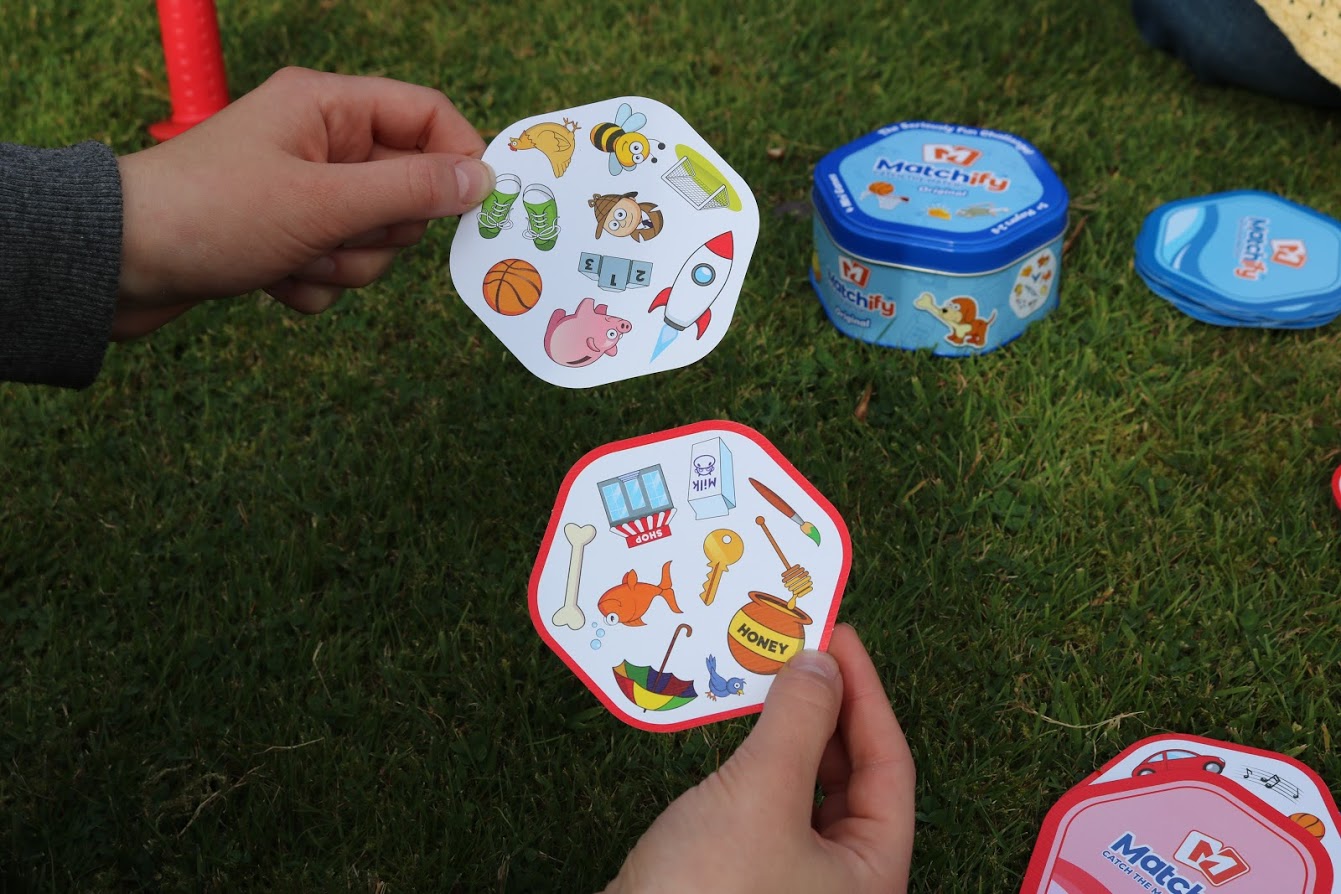
We’ve all heard that games and educational activities can help a child to develop both mentally and socially, but they are actually beneficial to every part of a child’s development. Engaging a child in games can help them to develop important skills and learn in a fun way, a way they won’t become bored or disinterested with quickly.
How Games Help a Child’s Development
Puzzles, games and activities are all fun ways to teach a child something new. Rather than sitting them down and giving them a lesson or test on how to solve certain maths problems or how to match similar pictures together, opt for a game; the child will develop the same skills, but in a much more enjoyable way. There are a few key ways that games help a child’s development to grow and they help to teach mental, physical and social skills. Here’s how:
Importance of Rapid Thinking Games
Rapid thinking games specifically are great for helping a child’s development. Games such as Matchify require players to think fast and make links quickly, both of which require physical and mental speed. Plus, rapid thinking games often have an additional level of competition and teamwork, which works well for child who needs a push towards playing fairly or handling pressure well.
When it comes to helping a child’s development through games the key is to choose games that they’ll enjoy, as the more they enjoy playing the more effort they’ll put into what they are doing. This ensures they’ll get everything they can out of a game. Matchify is now available to buy on Amazon, take a look.
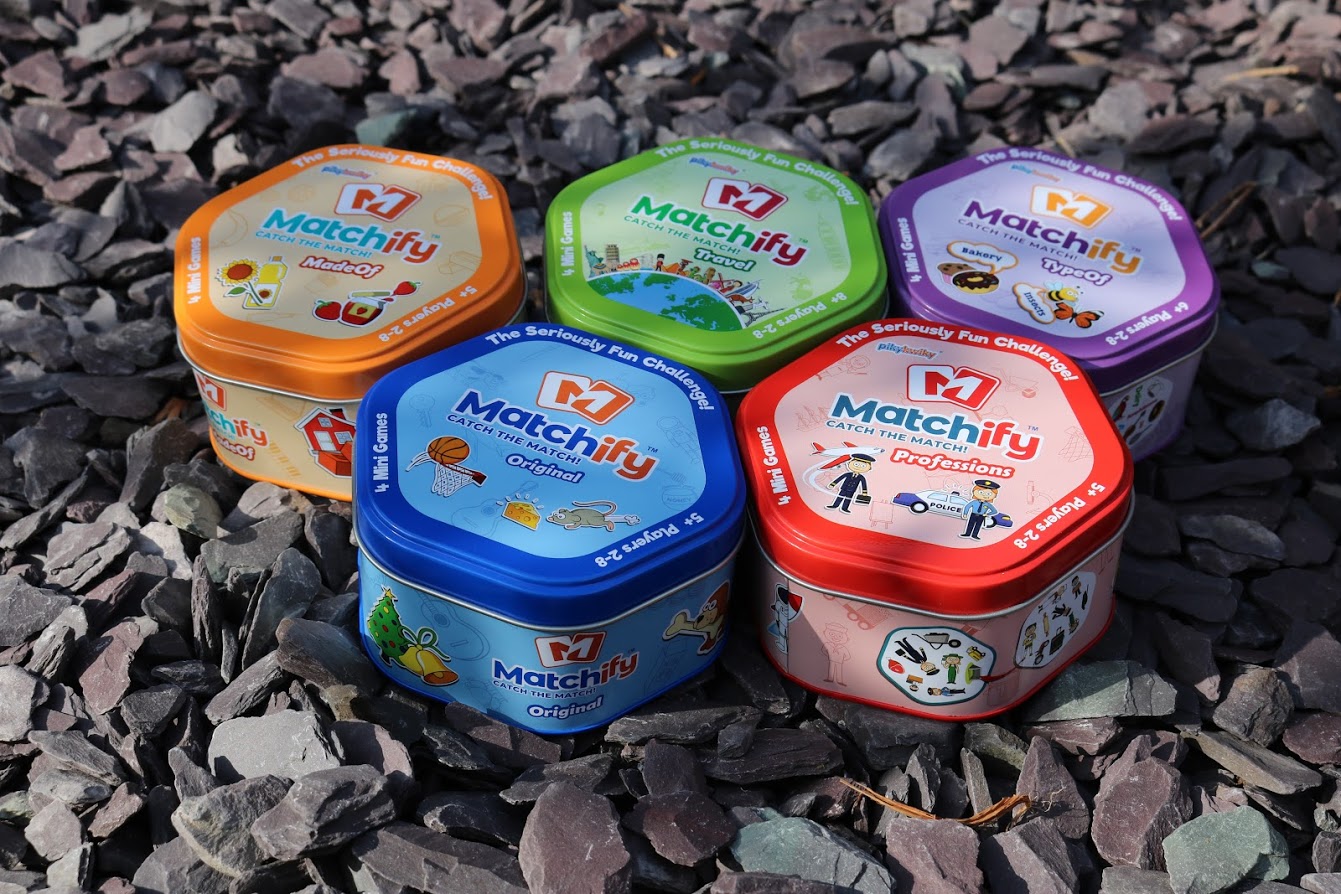
Where’s the fun in family game night without a bit of healthy competition? Playing with children or relatives may make you want to keep things as friendly as possible to avoid disagreements, but a little bit of competition can be a good thing. It helps to keep players entertained for longer, and enhances enthusiasm and energy levels. So, how do you create some friendly competition on family game night? Here are our top suggestions:
Include prizes for winners: Include a prize into any game and it immediately becomes more fun. With more at stake players are much more likely to put their all into winning a game and it creates a dose of healthy competition. If there’s a great prize to be won family members will be encouraged to try harder and they’ll care more about winning.
Choose games everyone can get involved in: At most family game nights you’ll have players of all ages, so it’s important to choose games everyone can enjoy. Not only does this ensure everyone can get involved, but it also increases the chance of friendly competition among players. Games such as LinkIt are designed to be fun for all ages and work well for game nights.
Organise forfeits for those who get an answer wrong: The threat of an embarrassing forfeit is a great way to create additional competition between players. Forfeits can differ depending on who is playing but things such as ‘tell us about an embarrassing moment’ and ‘run around and cluck like a chicken’ are funny no matter how old you are.
Remove distractions: To create competition you’ll need to make sure everyone is paying attention and giving the game their all. Turning off the television and suggesting people stay off their mobile phones are good ways to start.
Play in small teams rather than individually: Nothing creates a desire to win more than group mentality. So, play in teams rather than as solo. It won’t be long before teams are determined to beat each other by any means possible.
Create tournaments or a leader board: If you’re planning to include a range of different games in your family game night, create a tournament or leader board. Combining card games such as LinkIt with other family favourites gives everyone a chance to shine in a game they are good at, whether that be a game of skill or strategy. Plus, if a game isn’t popular among players it’s really easy to move along to the next one.
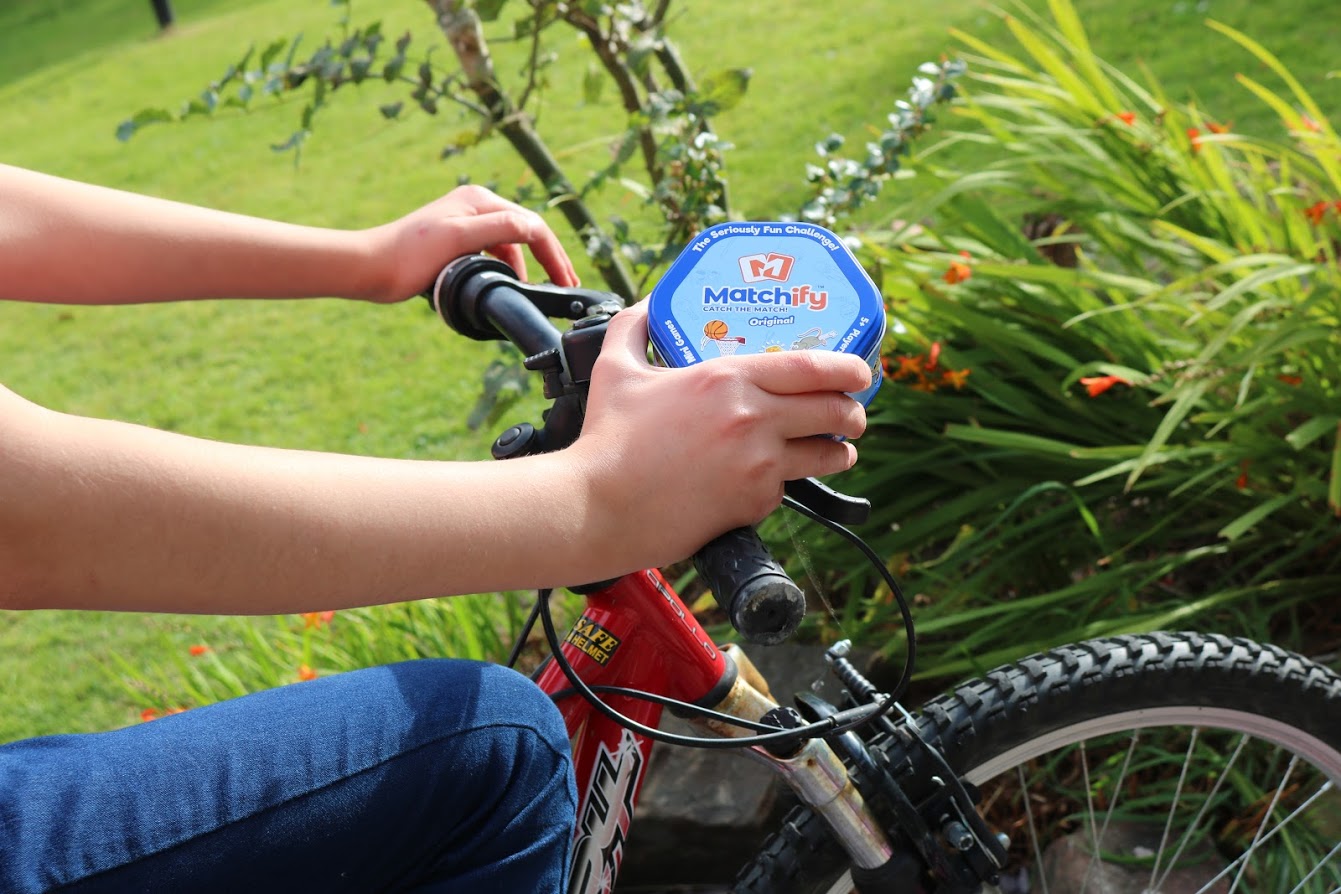
With families being busier now more than ever, it can be difficult to schedule family time. Not just time spent watching television together one evening or all spending time in the house at the same time doing different things, but good quality family time. Many families fail to schedule this important time into their week, while others assume that doing things as a family has very few uses other than being fun. However, spending time as a family is important and it benefits both adults and children in a number of ways.
The Benefits of Family Time
Activities for Family Time
One of the main struggles of organising family time is finding an activity that everyone will enjoy, especially if the family has children of different ages. Here are some of the most common activities for family time that everyone is sure to enjoy:
When it comes to family time the importance lies with the time and focus that’s put on each other, rather than the activity itself. Family time is much more than just having a good time together and it impacts individuals in different ways, something that is often overlooked.